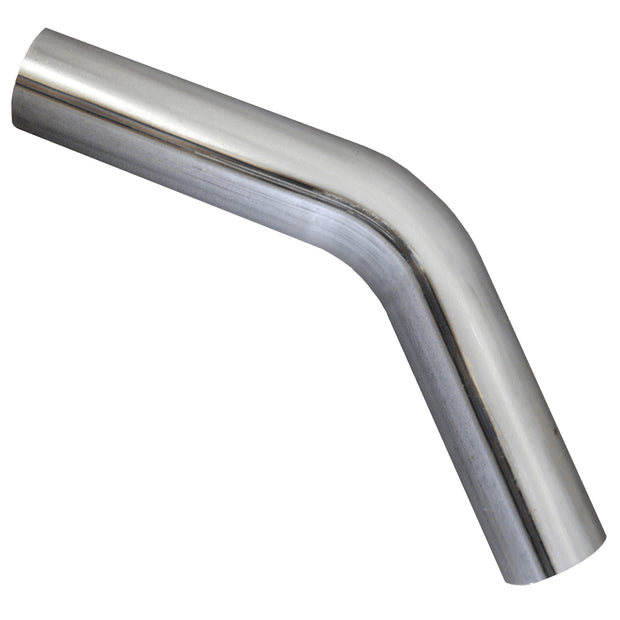Common simple bends consist of forming elbows, which are 90° bends, and U-bends, which are 180° bends. The very first machine went into service in 1996 and is still in production.Ī tube can be bent in multiple directions and angles. In 1995, Uk-based Unison Ltd developed the first three ‘all-electric’ tube bending machines with 20mm, 40mm and 65mm tube capacity. Other factors involved in the bending process are the wall thickness, tooling and lubricants needed by the pipe and tube bender to best shape the material, and the different ways the tube may be used (tube, pipe wires). However, square and rectangular tubes and pipes may also be bent to meet job specifications. Generally, round stock is used in tube bending. Freeform-bending processes, like three-roll-pushbending, shape the workpiece kinematically, thus the bending contour is not dependent on the tool geometry. These processes can be used to form complex shapes out of different types of ductile metal tubing. Straight tube stock can be formed using a bending machine to create a variety of single or multiple bends and to shape the piece into the desired form. Tube bending may be form-bound or use freeform-bending procedures, and it may use heat supported or cold forming procedures.įorm bound bending procedures like “press bending” or “rotary draw bending” are used to form the work piece into the shape of a die. Tube bending is any metal forming processes used to permanently form pipes or tubing.



